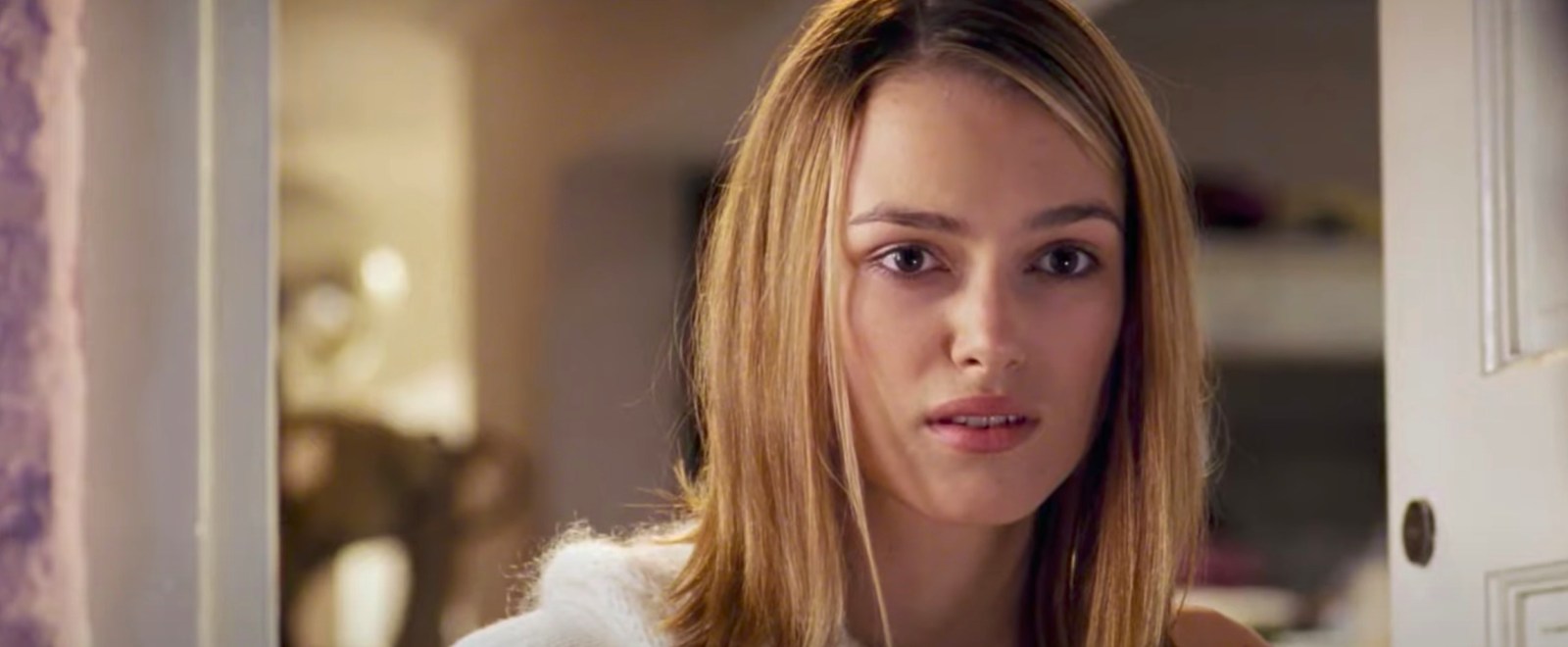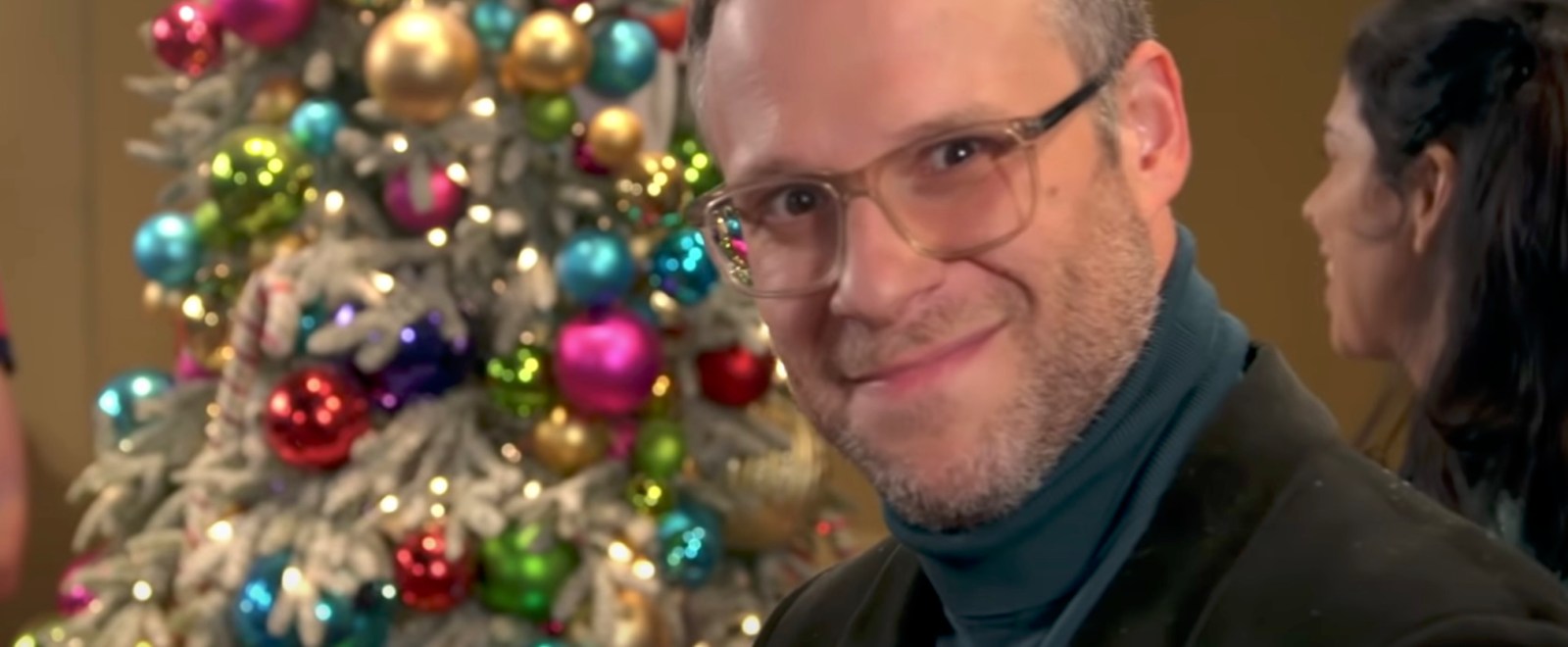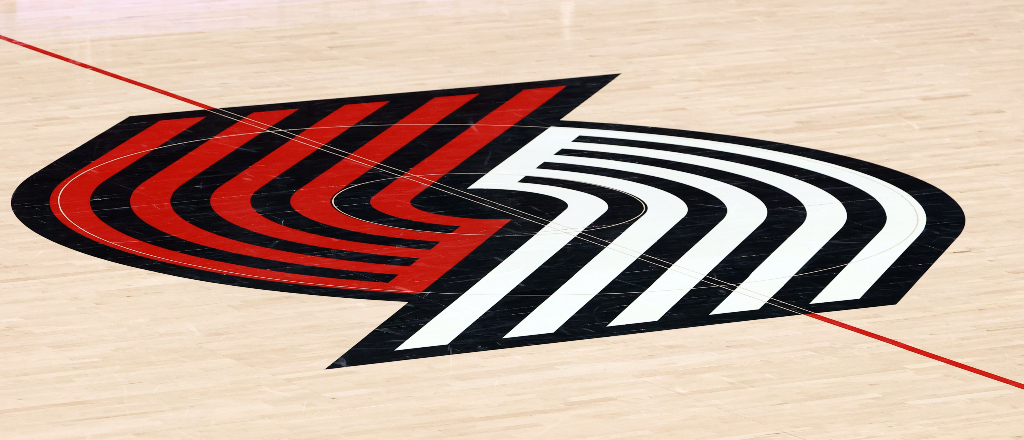
Season tickets are pretty much the ideal gift for the b-ball fanatic in your life, but good seats can cost a small fortune, so what else is out there for hoops lovers this holiday season? You’d be surprised. Basketballs, basketball games, basketball-themed toys, basketball shoes, headphones that you can listen to basketball games on while you’re trying not to think about the apocalypse and society’s impending collapse — look, there are a lot of things that we hoop lovers go crazy for. We’re normal people too ya know, even though we turn into unrecognizable monsters anytime our team does … anything.
Anyway, we know that basketball fans can be picky, which is why the team over at DIME put together this streamlined but well-thought-out gift guide that is sure to appeal to the hoops lovers in your life.
BLK and Bold “The Warm Up” coffee (Eastern or Western conference)
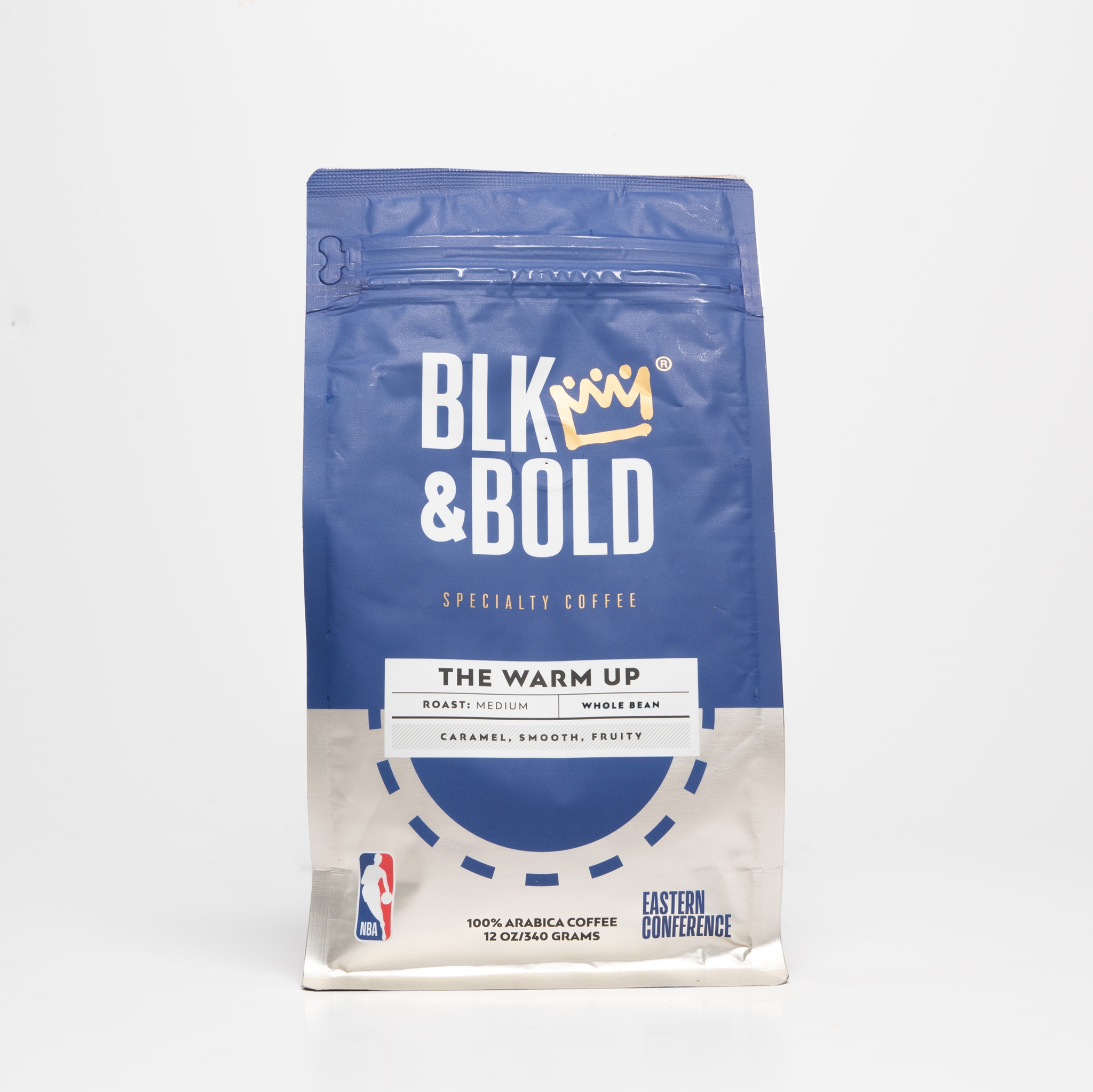
Price: $14
Every year I get certain people in my life coffee as a gift around the holidays. There’s something about interacting with the beans –– as involved as a pour-over or as automatic as a reusable Keurig cup –– that gives me a sense of place and community. It’s a forced break that leads to sensory therapy. And in the pandemic, coffee’s taken on even more importance, reminding me of those days working in shops, those quick stops in a new neighborhood, the chance to stop and look around at where I am both spiritually and physically. BLK and Bold is Black-owned, fair trade certified and gives five percent of all profits back to at-risk youth. Plus, their Warm-Up blend (which makes a dynamite cold brew) lets you rep your NBA conference of choice.
NBA Wilson Basketball

Price: $69.95
Wilson took over from long-time partner Spalding, and while players are still getting used to the new official ball, you can too. I’ve found there’s no bad time to get a basketball if you’re a hoophead; one is always wearing down, one might be left at a buddy’s place, one might have gotten lost in a move, one might be in your car’s trunk (maybe, you keep saying you’ll remember to look). And it’s always fun to play with the same ball your favorite player is shooting with.
NBA 2K 2022

Price:
The series has taken on a life of its own in the Neighborhood, where fans and gamers and just about everyone else can exist in a Metaverse that long predated anything Zuck was trying to do. The 2K community (and the game itself) aren’t without their challenges, but there’s no better entry point into an extremely important cross-section of fans than by playing 2K. Someone out there in your life doesn’t have this year’s game yet, and you’ll be making their holiday with this one.
Microsoft Game Pass Subscription

Price: Plans Start At $14.99/Month
There’s no better deal in gaming than Game Pass. New games are added every month, including day-one releases, and even if you pause your membership for a month or two, your saves remain when you’re ready to pick up the sticks. At $15 a month, that’s basically the cost of three new games per year, available anywhere you are, at any time. While I’m still a huge fan of physical media, Game Pass is still such a great entry point to anyone with an Xbox.
NBA League Pass Subscription
Price: Plans Start At $6.99/Month
Live NBA games have a certain feel to them that’s hard to replicate. In-arena songs, player intros, promotions, PA announcer idiosyncrasies, and even colors are grounding and add to the experience. In the pandemic, some of that has been lost, especially with the Bubble and limited capacity games. But this year, with arenas flipping the switch again, the experience is largely back. Still, for folks a bit leery of big crowds, or trying to save money in an extremely difficult economic climate, the live NBA experience might not exactly be realistic. For the price of basically four tickets, food and drinks, and parking, you get an entire season of basketball — but every team — and the highest tier League Pass sub even gets you the in-arena cam during timeouts and halftime. While the league really needs to find a way to do something about blackout rules (it’s 2021, rights issues need to go away forever), firing up a late night Memphis-Blazers game when Ja and Dame are going at it, or checking in on Giannis as he’s got a triple-double, or tuning into Steph when he’s supernova, is so powerful.
Hyperice Hypervolt GO
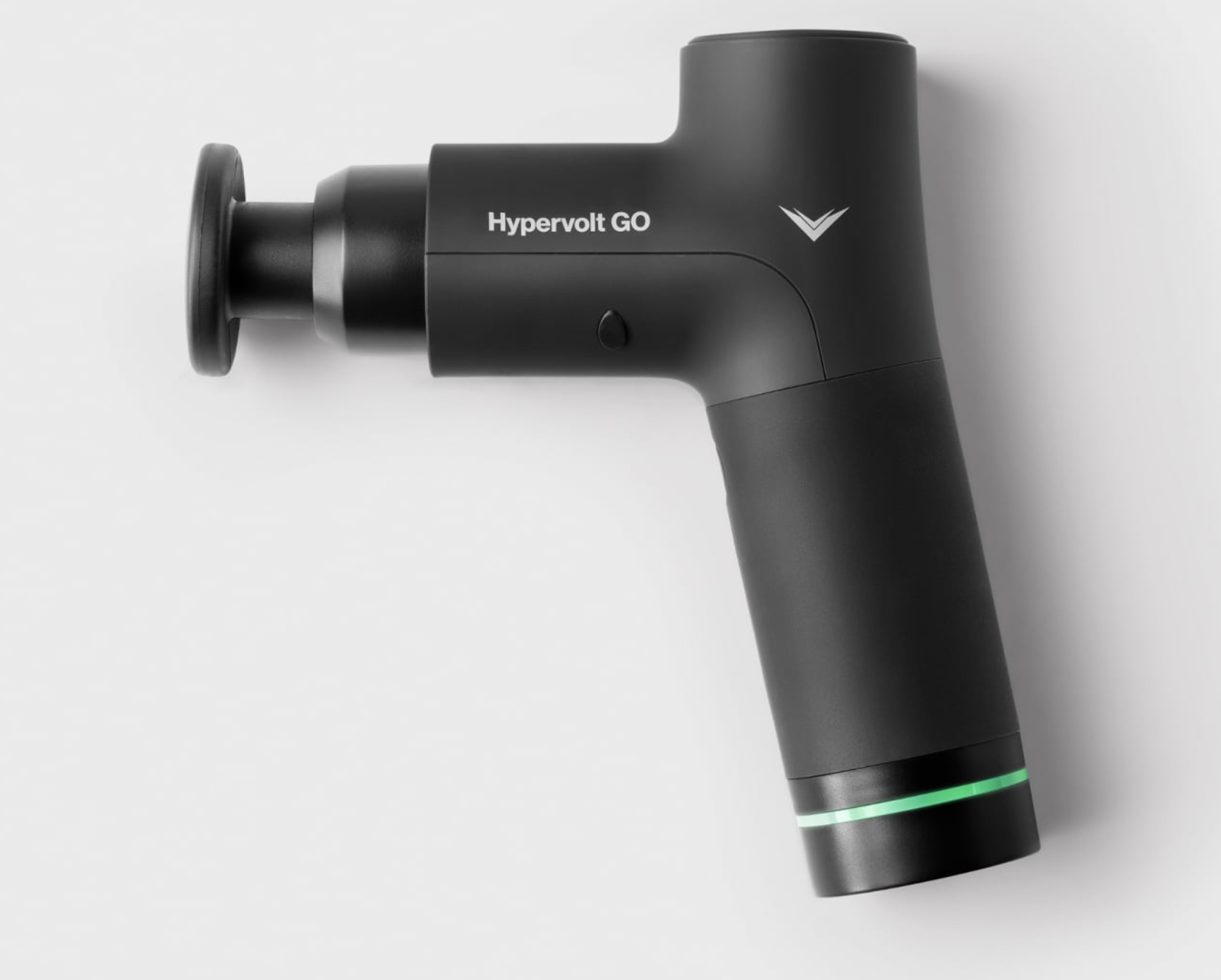
Price: $179
Recovery has become everything to athletes. And the percussive massage trend is real, portable, convenient, and a lot more comfortable than foam rolling. There are plenty of options on the market, but if you’ve got the cash, skip the Amazon knockoffs and opt for the GO from Hyperice, which is a cheaper price point than their heavy-duty professional series. You trade away some functionality (including the bluetooth controls), but get an extremely light and quiet tool you can toss in a bag and take with you anywhere. Trust me, your muscles will thank you.
Beats Fit Pro Earbuds

Price: $199.99
Just in time for Spotify Wrapped season, a solid pair of portable, powerful headphones with strong battery life are never a bad call. The Studio Buds earbuds turned the corner beyond the brand’s non-overear options (with adaptive noise cancelation and Dolby Atmos), and the Fit Pros take that a step further by locking in place a bit better with a small strap that harkens back to the Powerbeats Pros (which are great for running, but are a bit bulky for consistent portability in case). Whatever the soundtrack of your day is, on court, at home, or in transit, having headphones with you all the time can allow you to get lost in the music (or a podcast), something we can’t get enough of in a chaotic world.
Michael Jordan Funko Pop

Price: $12
The Funko Pop craze touches just about all genres, from comics to movies. And now you can get his Airness himself — on your desk, in your car, or anywhere you need to crack a smile. Plus it’s a lot less creepy than that Elf on the Shelf.
Jordan 11 Cool Grey (dropping Dec. 11)
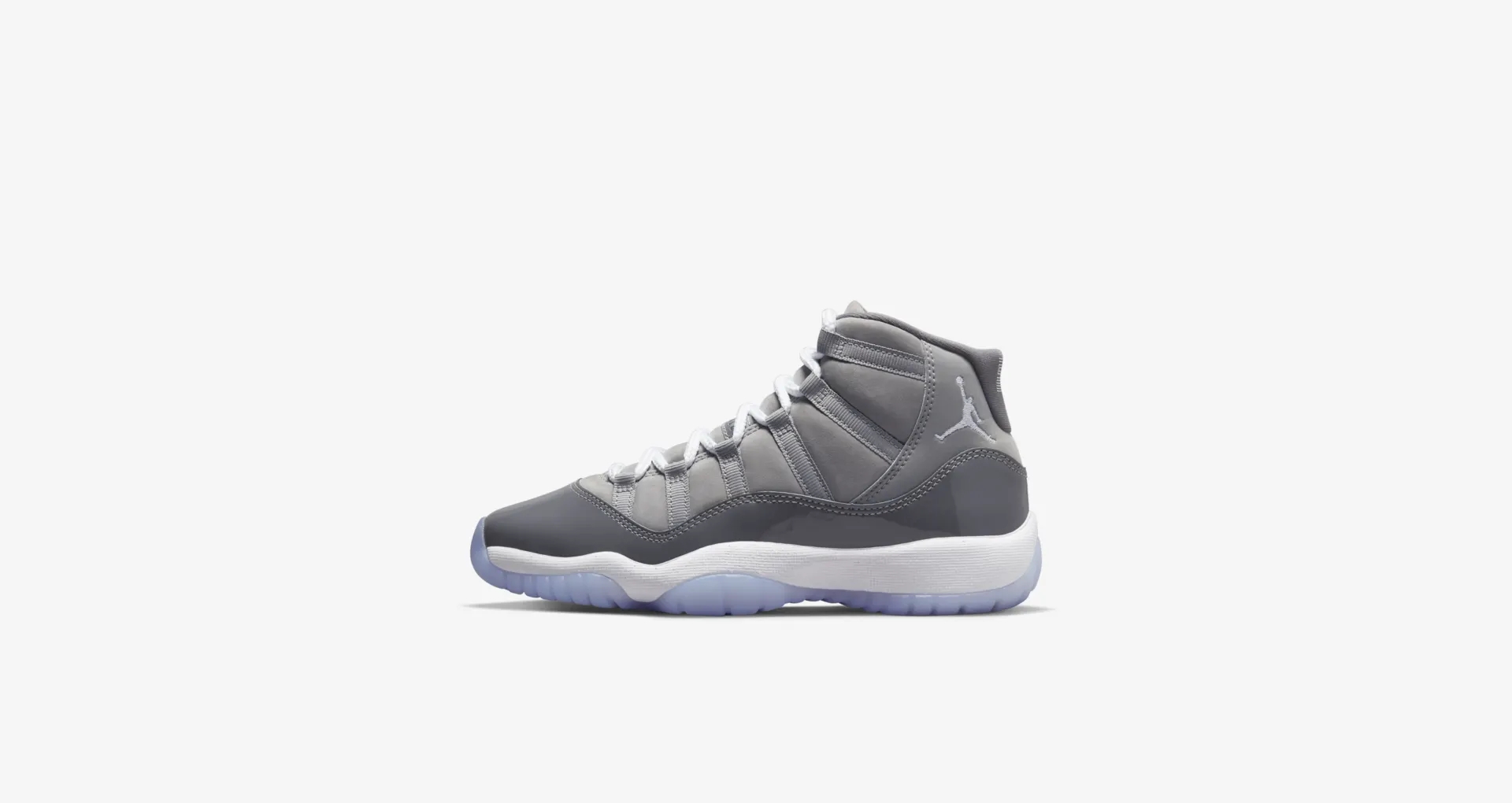
Price: $225
Jordan releases are a year-round occasion, and while battling the SNKRS app is its own form of torture, if you’re lucky and can get the ‘Got ‘Em’ screen grab, the Cool Grey 11s would be a huge win. 11s go with just about anything and are an iconic silhouette, and the Cool Grey colorway couldn’t be more classic. If you miss those, the Bubble Gum 1s drop on Dec. 22 and absolutely rule.
Lululemon Joggers
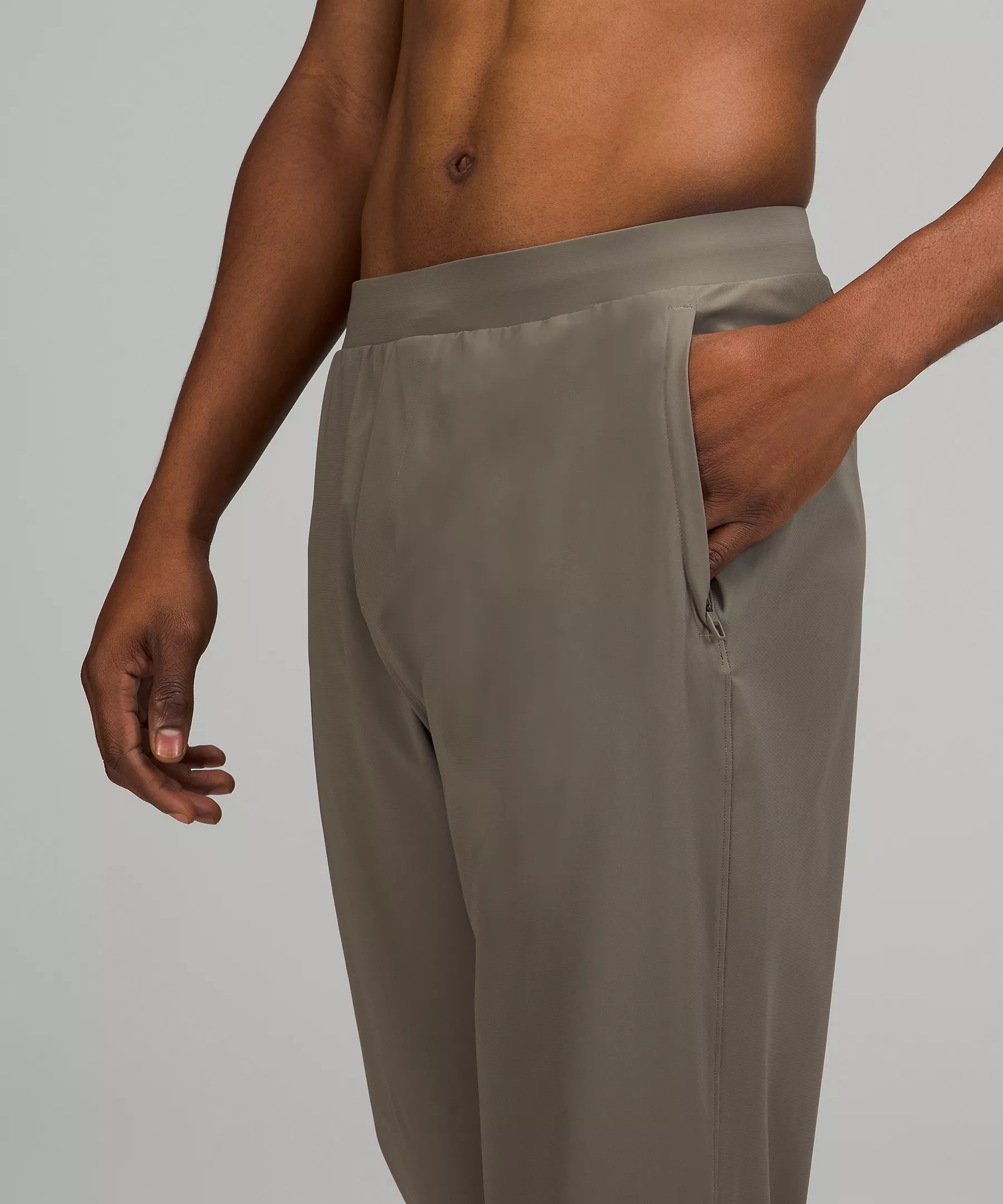
Price: $118
They’re comfy, they can be worn year-round, they work as well running to the store as running a 10k, and they go with everything. Athleisure is here to stay, and Lulu is the cream of the crop when it comes to materials, functionality, and style. Everyone needs a good set of joggers.
Calm Subscription

Price: $69.99/year
Mindfulness is something you can’t force. But not everyone has time (or the budget) to attend guided meditations, much less hire a coach. With so many things competing for our attention, our phones constantly push notifying us with bad news, or gaslighting us to buy more things, it’s sometimes good to remember the phone is a tool — and a mirror — and it can still offer hope and clarity. Calm has a meditation for every situation, including sleep stories with LeBron himself, and when you press play you can set the phone aside and just be present for a minute or an hour, whatever you have. It may seem daunting at first, but it’s a great place to start.


